The effect of technology is visible throughout society, with young people who have all the knowledge they could ever dream of at their fingertips.
This technology has led to the millennials, classically regarded as those born between 1981 and 1996, to put old technology and various forms of everyday experiences behind them.
1. Overhead Projector
Although the overhead projector was first developed in 1853 by French physicist Edmond Becquerel, it was during the mid-twentieth century that it gained popularity.
With the development of document cameras and interactive whiteboards, that offer video and animation, on top of static displays, they became obsolete.
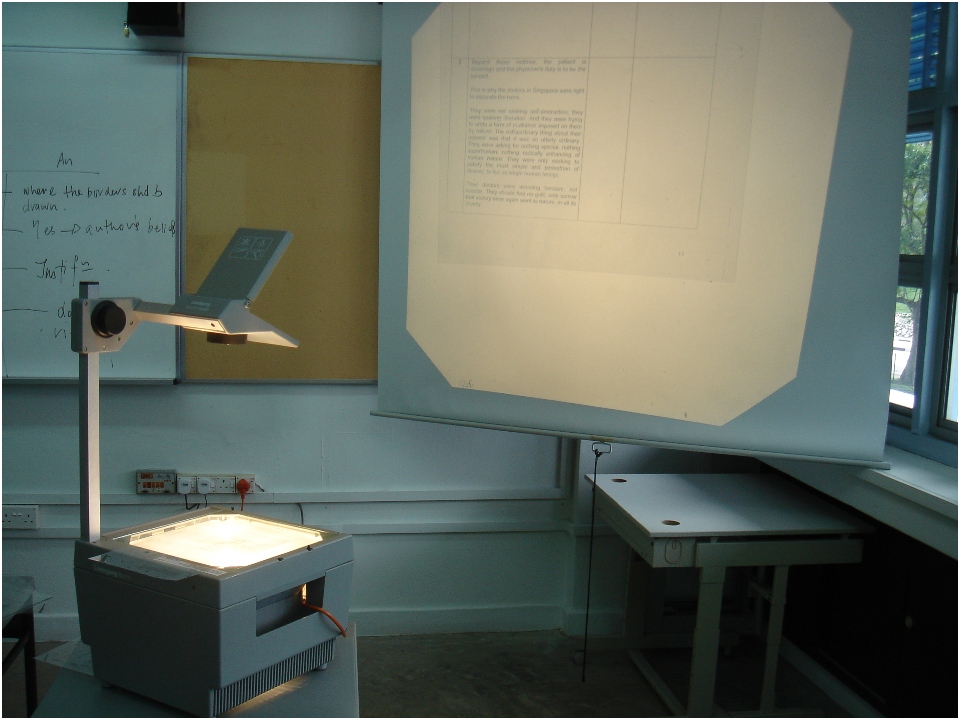
Even though the cost is higher and the learning curve to master the machine steeper, the material is stored digitally and is accessible at the push of a button.
In today’s digital world, with everything at our fingertips, it might be a strange idea to think of storing information on anything but ‘the Cloud’, yet there is still a real need to store information in the touchable format.
Although the concept of the microfiche and microfilm, better known as microform, date from the mid-1800s, it was not until the 1920s that it became widely used for the storage of critical written materials.
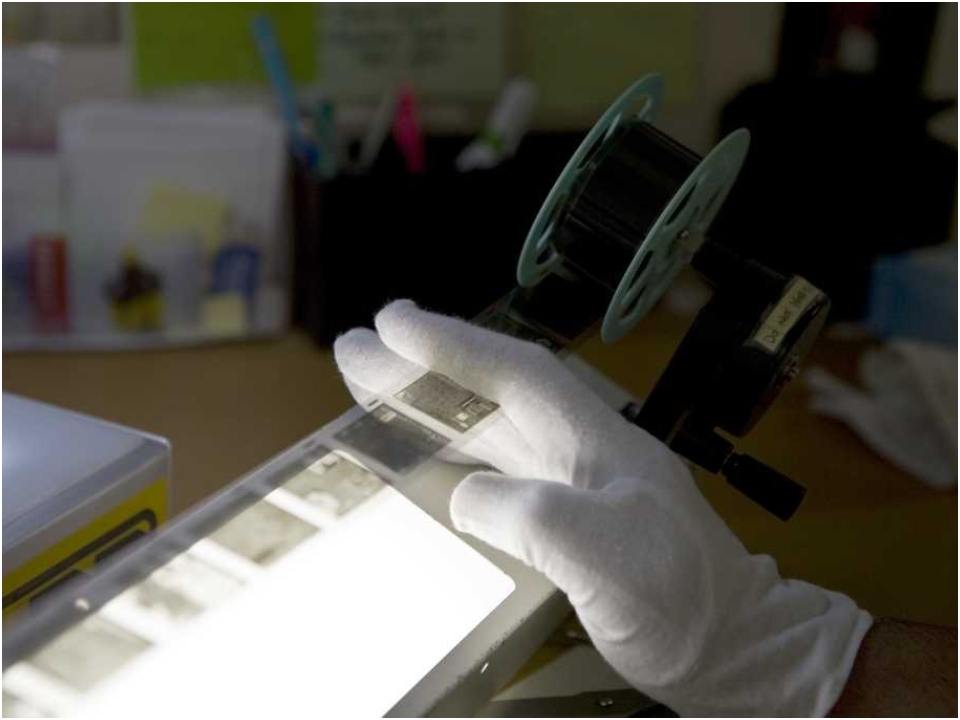
The corporate world, where the storage of millions of paper documents is impractical, yet needed, still relies on microform today. Microforms are said to be a reliable solution for up to 500 years, provided one store the film under ideal conditions.
3. Fuzzy Wuzzy Bear Soap
Now here was a soap any kid of the ‘60s and ‘70s loved at bathtime. Bathtime was not a struggle or a fight as you looked forward to finding the miniature toy buried deep inside the little animal-shaped soap.
Fuzzy Wuzzy soap was all the rage for the baby boomers, not only because of the excitement of finding a surprise toy but also because of the ‘fur’ it grew when taken from its plastic packaging.

Millennials will probably look for a USB port, or a microchip as a hidden toy, should they ever re-enter the market.
4. Cassette Player
The cassette player dates from the mid-nineteenth century, and after several ‘upgrades’ and modernizations over the years, the cassette recorder offered many hours of audio entertainment.

However, with the onset of the digital age, magnetic tape and cassette recorders became obsolete and only good enough for the silent generation and the museums.
5. Pet Rocks
Who remembers the pet rock craze that hit the shops around Christmas of ’75.
It was all started by a guy, by the name of Gary Dahl, who marketed a small, flat, Mexican rock that was painted and sold, packaged with a cardboard ‘cage,’ complete with straw bedding and holes for ‘ventilation and air.’ Although this fad only lasted one Christmas season in the stores, it made Gary a millionaire.

To this day, there are Generation X-ers who have their ‘pets,’ dutifully serving as a dust collector or a more practical doorstop.
6. Typewriter
The typewriter was one of the most revolutionary inventions of the sixteenth century and became one of the most widely used necessities in the office during the nineteenth century.
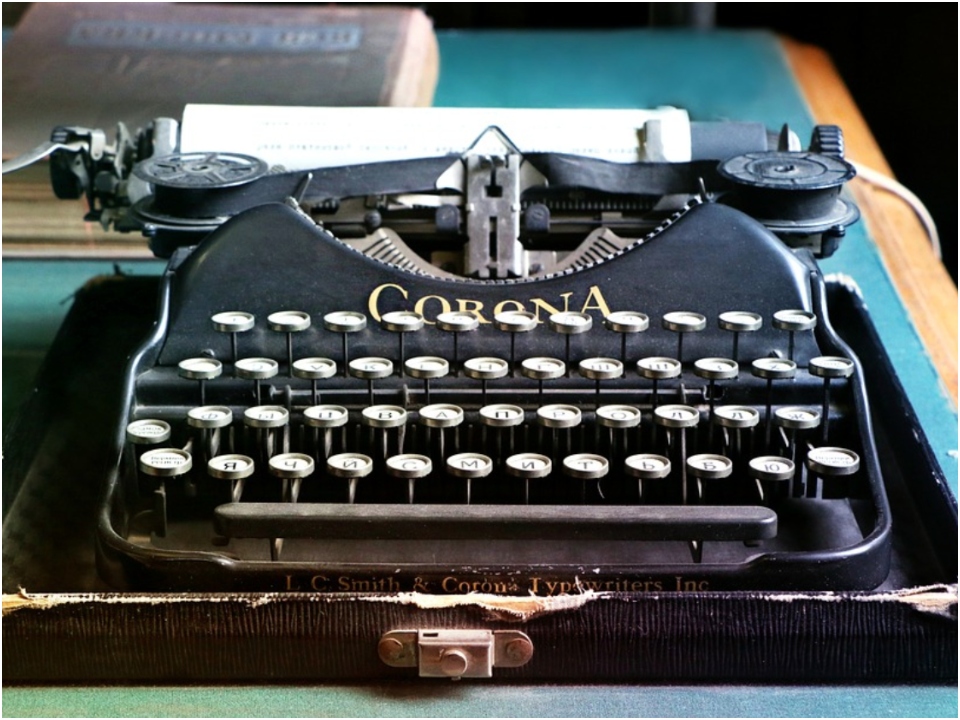
With the approach of the twenty-first century and the development in technology, the typewriter became obsolete. Soon the personal computer, laptop, tablet, and smartphone replaced the typewriter.
7. Telex Machine
In today’s world of fast internet and smartphones, the telex machine would be entirely out of place. However, at the time it was invented and developed in Germany, it offered the first standard internationally used record communication.
They achieved this communication through a standard ‘language’ of holes punched in a five-hole paper-tape punch and reader.
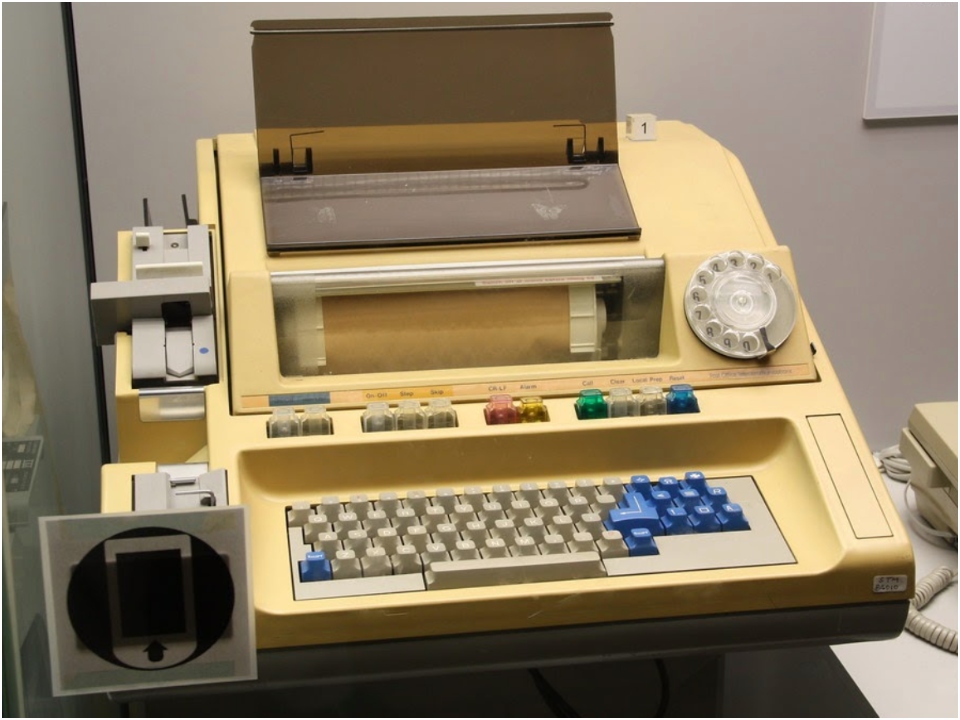
The coded messages would then be translated into a written or typed script, by the reader, once it reached its destination. Over time the telex’s use was superseded by fax, e-mail, and other digital solutions, although it is still widely used in the maritime industry.
8. The Walkman
The Walkman brings happy memories for all the music-loving, mobile Gen X-ers. The original Walkman was developed by Sony during the early 70s and launched mid-1979.
Teenagers rarely ventured outside without their earphones, walking downtown with his aptly named music device, the Walkman.
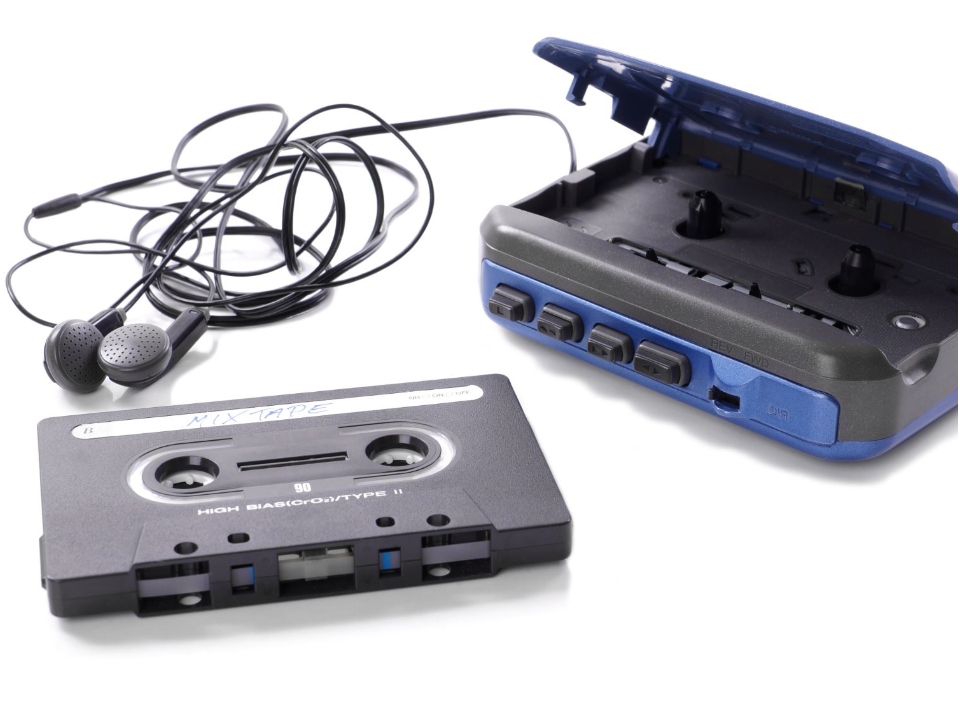
Very similar in use are today’s smartphones. Still, with much less to offer, the Walkman was, in essence, a portable cassette player with earphones. This lack of advanced technology, of course, would not satisfy the live-streaming, digitally-connected millennials of today.
9. View-Master
The original View-Master, developed in the ’30s, was a far cry from today’s retake called the View-Master Virtual Reality Viewer, which is based on virtual reality using smartphones.
The millennials will not recognize the static reels, consisting of a set number of stereoscopic images in 3D, which projected mostly tourism and travel-related attractions. These ranged from landscape scenery to wildlife and the likes.
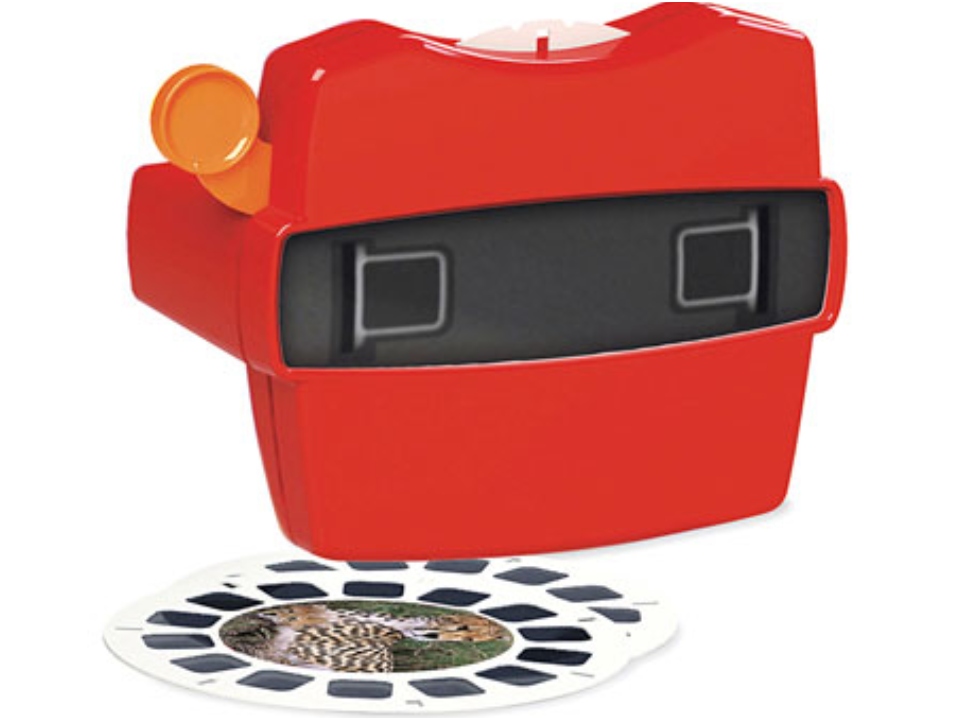
Around 2009, there was a drastic move away from these types of images, to a more child-friendly product, which ranged from reels of animations to children’s stories and movies. Today’s version caters for a far more advanced market, of all ages.
10. Portable Transistor Radio
During the 1950s, the transistor radio, which was a portable radio receiver, using transistor circuitry, became available commercially and took the market by storm.
It was the most famous piece of electronics during the ’60s and ’70s, and most households had at least one. Today smartphones, personal audio players, and MP3’s and MP4’s took over the market.
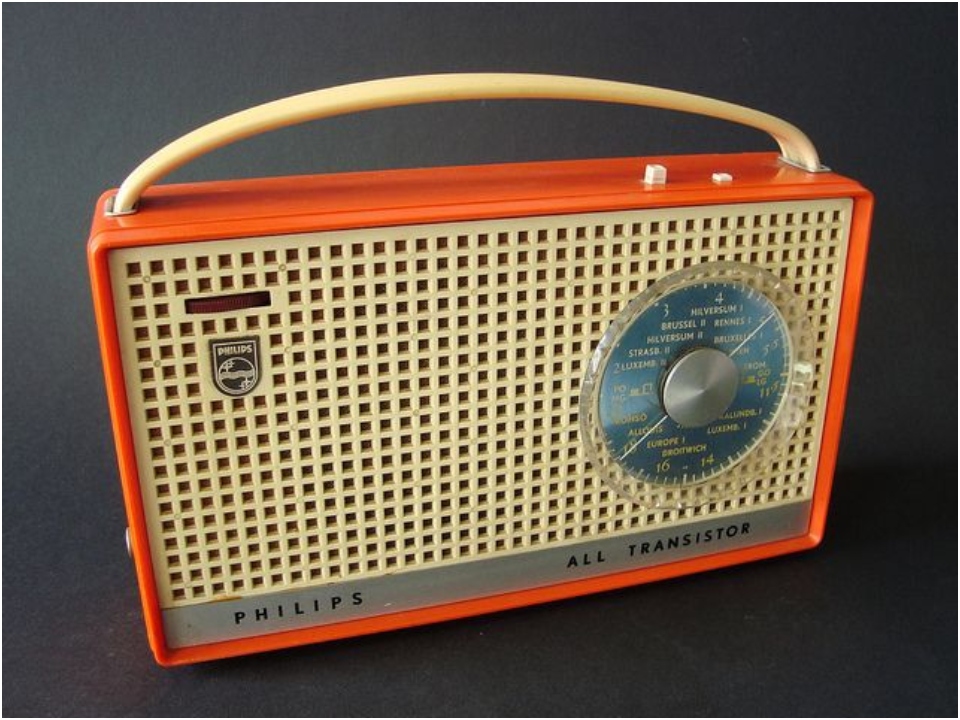
However, there are still thousands of transistor radios manufactured for the automobile industry.
11. Double-edge Razor & Blades
Baby boomer teens will remember the fascination of a father, lathering his day-old bearded chin, to come out clean after pulling a double edge safety razor over his chin. They predate today’s disposable razors and -blades by a few centuries, having first been invented in the 16th century by a French barber.
Do not forget that safety played a significant role, as many men lost some skin at the hand of a scrupulous barber. The double edge razor, to this day, has some form of a protective guard between the blade and the skin.
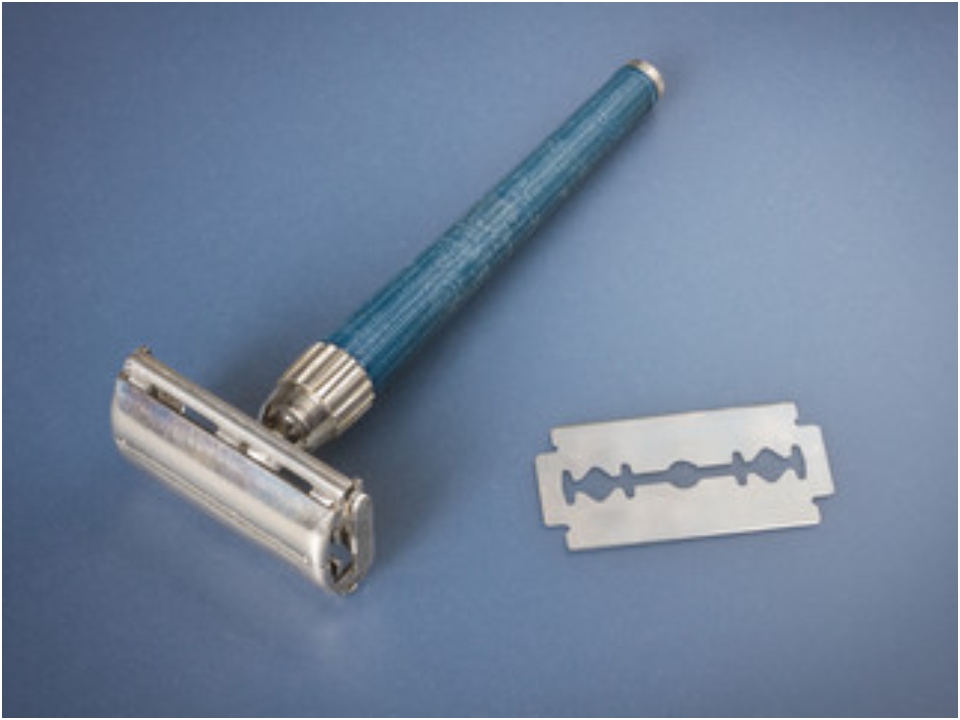
However, whereas the initial blades had to be honed and sharpened on a strop, traditionally from leather, Gillette popularised their disposable double edge blades at the beginning of the 20th century. Once the army issued these, together with the double edge safety razor, to their servicemen, as part of their shaving kit, sales rocketed. To this day, several countries still produce a double edge safety razor, which is in use in many countries.
12. Crocheted Toilet Roll Holder
Who can forget the crocheted spare toilet roll cover, standing on top of the toilet’s cistern?
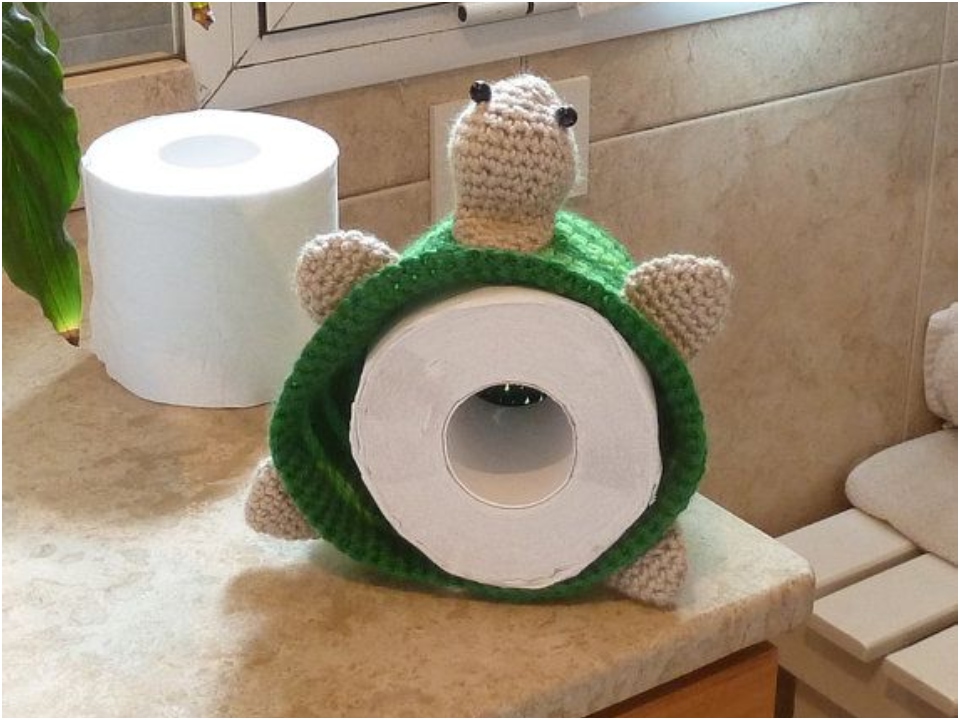
They varied in look, design, and color, but they all had the same purpose, namely to hide that extra offensive roll of toilet paper. When teamed up with a color-coordinated cistern cover and toilet seat cover, the toilet became a reflection of the ‘woman of the house.’
13. Flashcubes
Kodak was the creator of the Instamatic camera, not to be confused with an instant camera. The Instamatic was an inexpensive point-and-shoot option, which made photography more affordable to the man in the street.
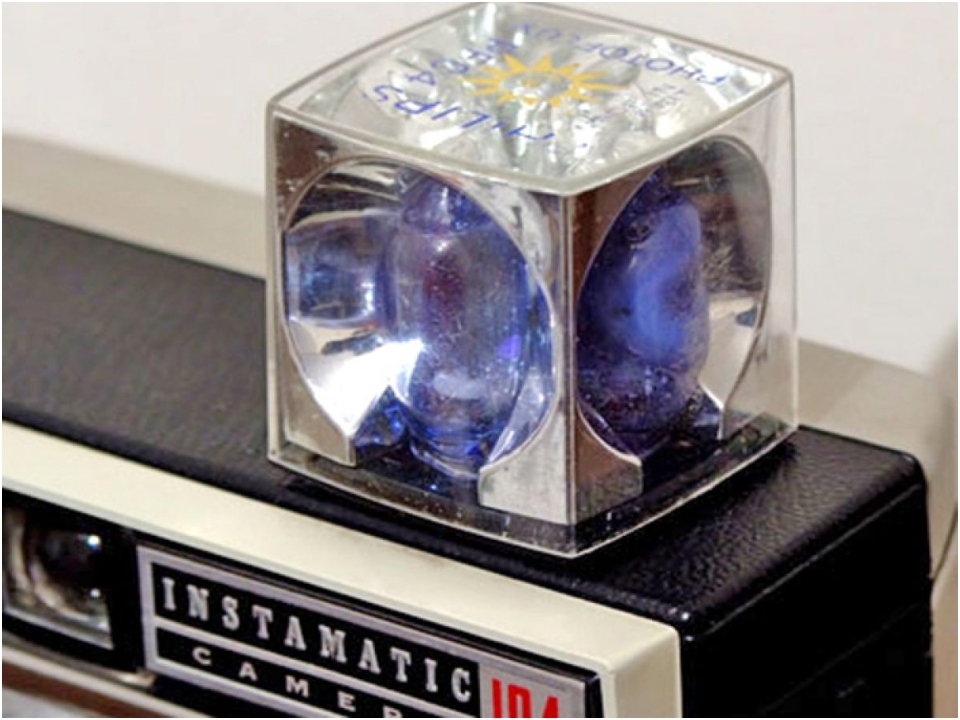
They came with various flash options, and in the mid-’60s, Kodak developed the Flashcube that had four individual flashbulbs. A primer tube, connected to the base of the Flashcube and shutter release the ignition of shredded zirconium foil in a flash, which in turn resulted in the flash going off and providing the necessary light. Advanced tech at the time, but completely outdated nowadays.
14. Fountain Pen
As far as we can establish, fountain pens date back to the eighth century. Initially, without an ink reservoir and with nibs of a quill, present-day fountain pens have a variety of repositories and nibs of metals ranging from gold to silver and stainless steel.
The material of the pen and the thickness of the nib were dependent on the preference of the writer.

Secondary school for the baby boomers was not realized without a fountain pen to attempt the dreaded cursive writing classes.
Today’s millennials, however, prefer gel pens and voice recognition software and activators, which would send the fountain pen to the archives, were it not for calligraphy artists and enthusiasts.
15. Globite Fiber School Cases
If you remember your very first brown cardboard fiber school case, you know you are from the baby boomers and beyond.
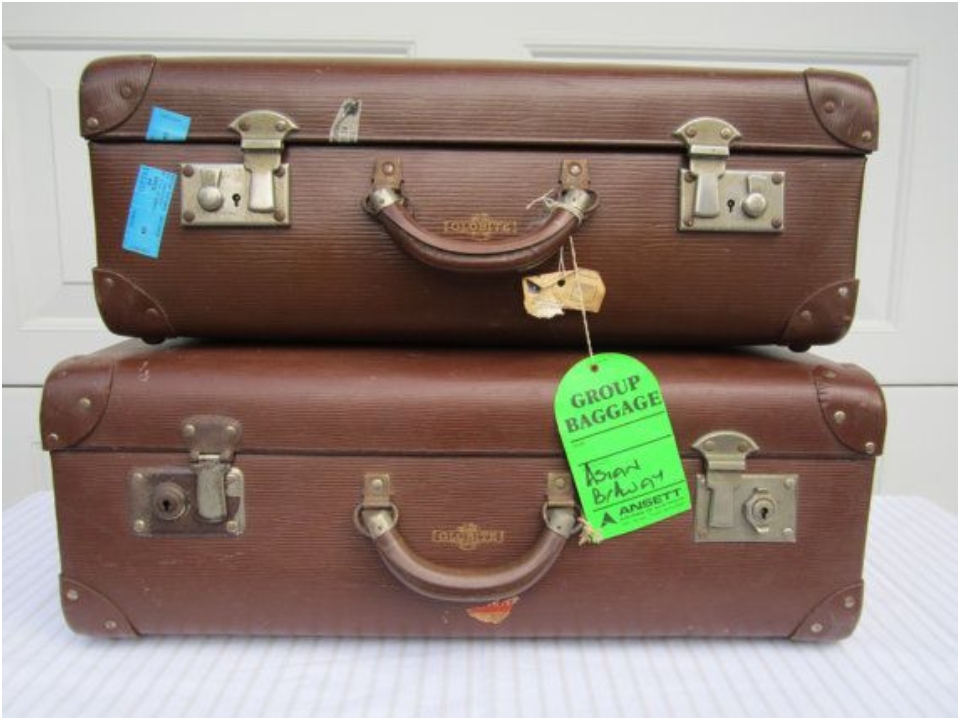
Some of us kept them throughout the primary school to middle school. Others discarded theirs at the first opportunity they got, as these school cases did not go on your back, or over your shoulder, they were carried by hand, on your side. If they became too heavy, you used both hands, period.
16. Drive-in Theater
Gone are the days when entire families could bundle into the car, take their picnic basket and ‘go to the movies,’ under the open skies, on a warm starry night.
You had a choice of bringing your food and drinks or buying from the drive-in take away. Whichever it was, it always entailed lots of fun and laughter.
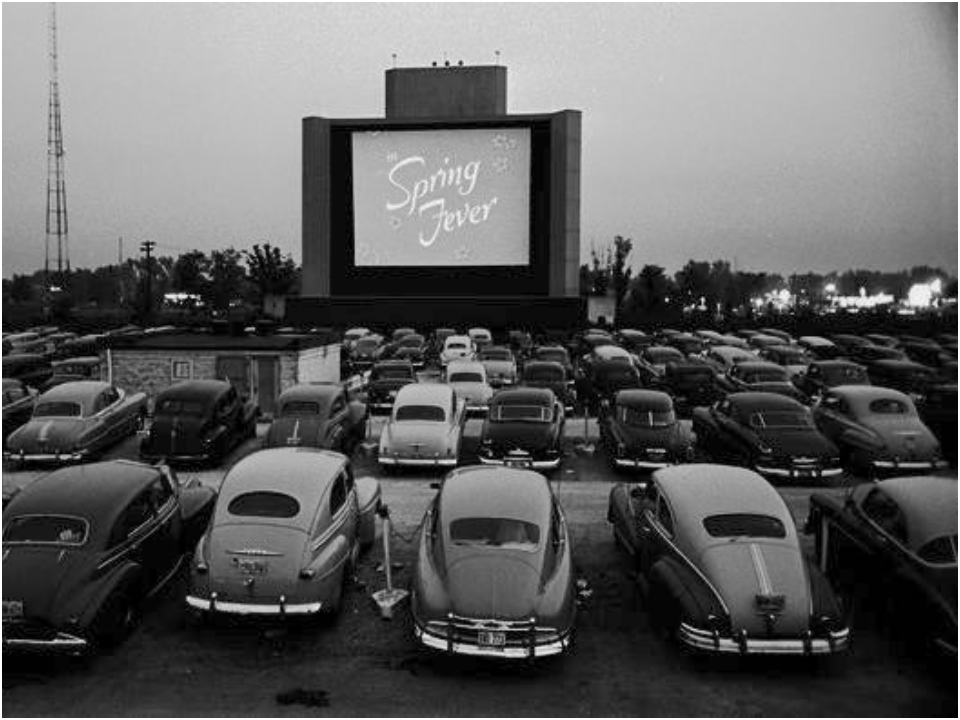
As a millennial, you watch your movie, in the solitude of your bedroom, with perhaps pizza and a few friends. You are crammed into a small space while watching a screen no more extensive than the width of your wall.
17. Leg Warmers
These crafty handmade items were a hit in the ’80s, with all the dance, hip-hop, and romantic movies featuring numerous artists, male and female, prancing around in footless knitted stockings that slouched from around the ankles to mid-calf.

Today’s young millennials wouldn’t be caught dead in these unless worn and promoted by a peer influencer with megabucks and an Instagram following of 200000+.
The leg warmers were, and still are, a convenient solution to keeping you warm during cold winter days.
18. Kerosene Lamps
Millennials are so used to flicking a switch, clapping their hands, or even just instructing by voice, to get a light switched on. They are utterly oblivious to the fact that not so long ago, the use of kerosene lamps was an everyday sight in most rural houses.
The kerosene lamp predated electricity and was used to provide light, using kerosene as fuel. These lamps had a font that contained the kerosene, with a cotton wick, flat or rounded mostly, coming from it, which you lit, to provide light.
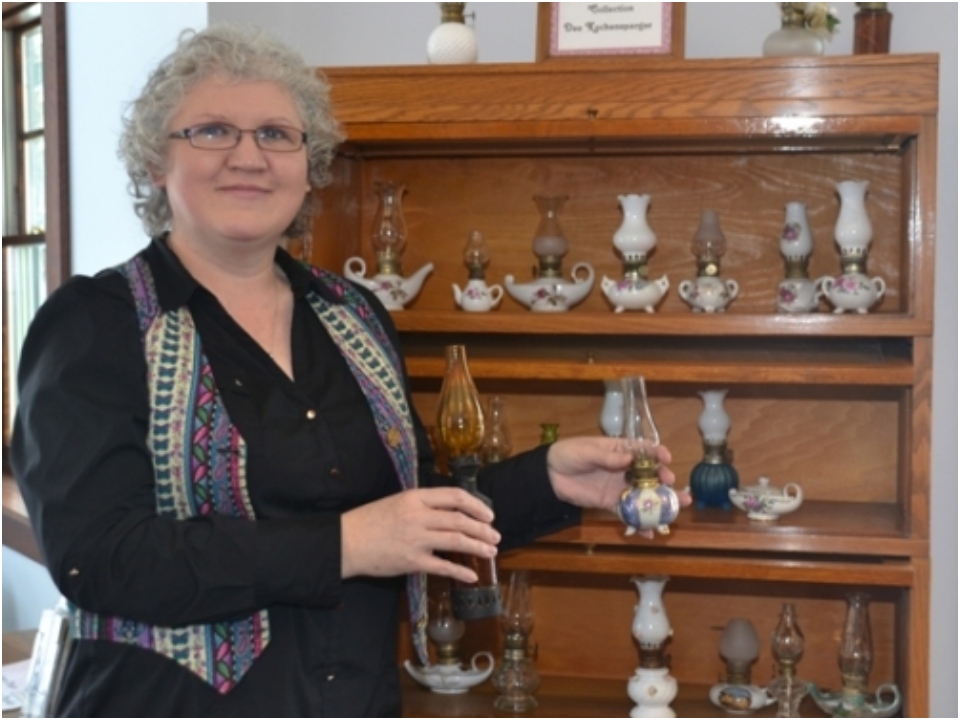
To this day, rural areas all over the globe use kerosene, with millions of people still relying exclusively on kerosene to light up their lamps.